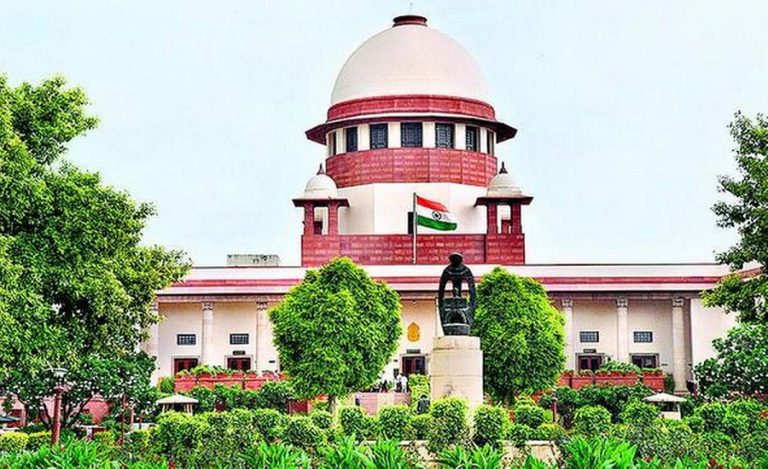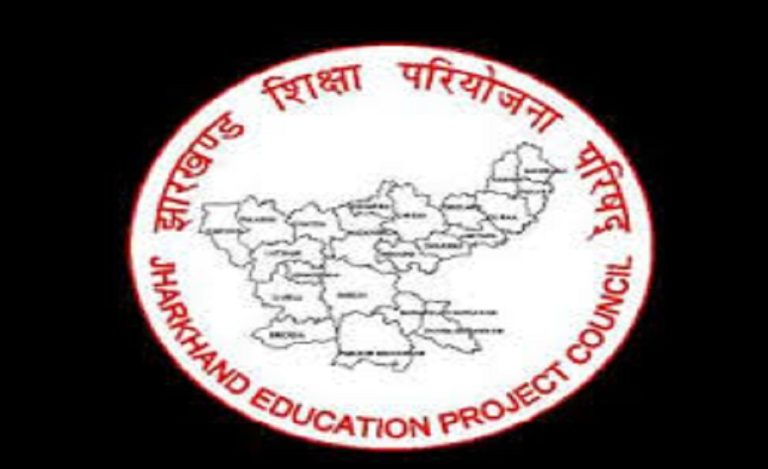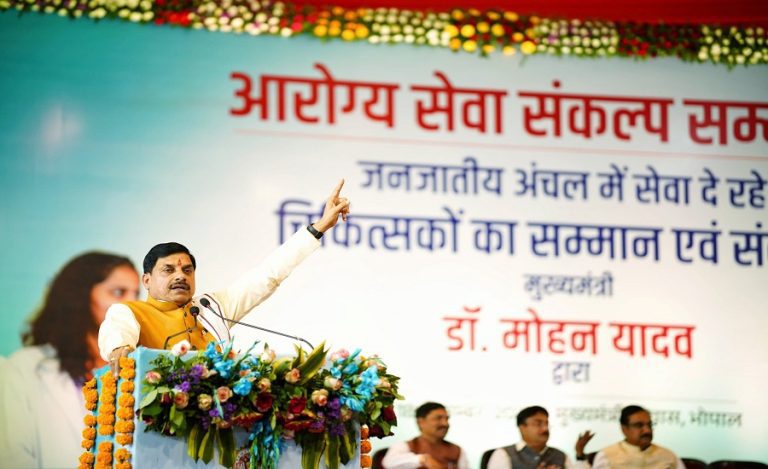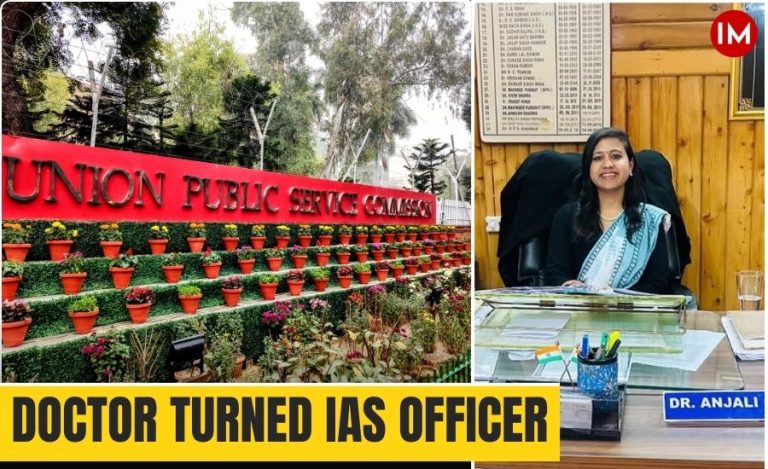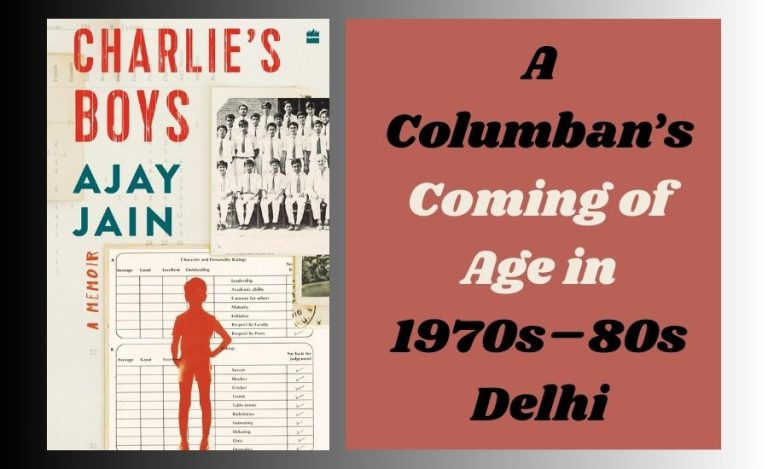The Reserve Bank of India (RBI) on Wednesday permitted the National Payments Corporation of India (NPCI) to revise transaction limits for Unified Payments Interface (UPI) payments in Person-to-Merchant (P2M) categories in response to evolving user requirements.
Currently, UPI transactions—both Person-to-Person (P2P) and P2M—are capped at ₹1 lakh, with some exceptions allowing higher limits of ₹2 lakh or ₹5 lakh for specific merchant categories.
“NPCI, in consultation with banks and other stakeholders, may announce and revise such limits to support emerging use cases,” said RBI Governor Sanjay Malhotra during the latest Monetary Policy announcement. He added that appropriate safeguards will be implemented to mitigate risks associated with increased limits.
While P2M limits are now flexible, P2P transactions will continue to be capped at ₹1 lakh. Banks may also set internal caps within the limits prescribed by NPCI.
In addition, the RBI made several other key announcements:
- Gold Loan Guidelines: The RBI plans to issue comprehensive regulations to harmonize rules for loans against gold jewelry across regulated entities. Draft guidelines will be released for public consultation.
- Regulatory Sandbox: The Regulatory Sandbox framework will be made ‘theme neutral’ and ‘on tap’ to promote continuous innovation in the fintech space. This change builds on the experience from five earlier cohorts.
- Securitization of Stressed Assets: A draft framework will be issued to allow the market-based securitization of stressed assets, supplementing the existing ARC route under the SARFAESI Act.
- Co-Lending Framework: RBI will also issue a generic regulatory framework for all co-lending arrangements among regulated entities (REs). Currently, the guidelines apply only to bank-NBFC partnerships for priority sector lending.
These measures are part of RBI’s broader push to modernize and adapt the financial ecosystem to support innovation, financial inclusion, and economic resilience.

